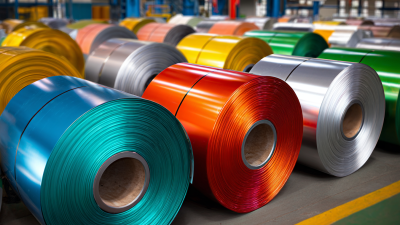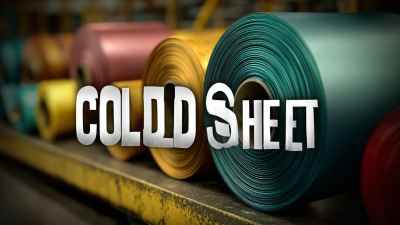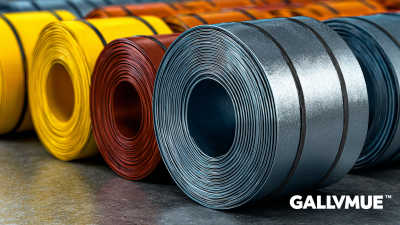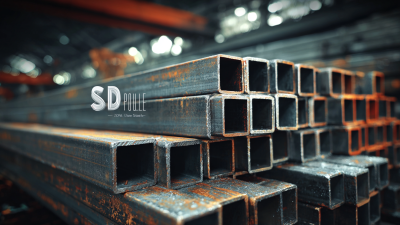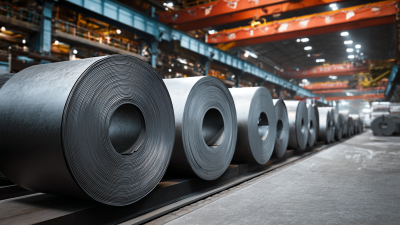In the modern construction industry, the use of Steel Plate has become increasingly prominent due to its exceptional strength and versatility. According to a recent report by the American Institute of Steel Construction (AISC), steel structures account for approximately 70% of all new commercial buildings, highlighting the material's crucial role in contemporary architectural design. Steel Plate offers numerous advantages, including high load-bearing capacity, resistance to extreme environmental conditions, and ease of fabrication, which make it an ideal choice for a wide range of applications from bridges to skyscrapers. Furthermore, the National Institute of Standards and Technology (NIST) emphasizes the growing trend towards sustainable construction practices, noting that steel’s recyclability significantly reduces its overall environmental impact. As the construction industry continues to evolve, understanding the strengths and applications of Steel Plate is vital for engineers and architects striving to innovate in an increasingly competitive landscape.
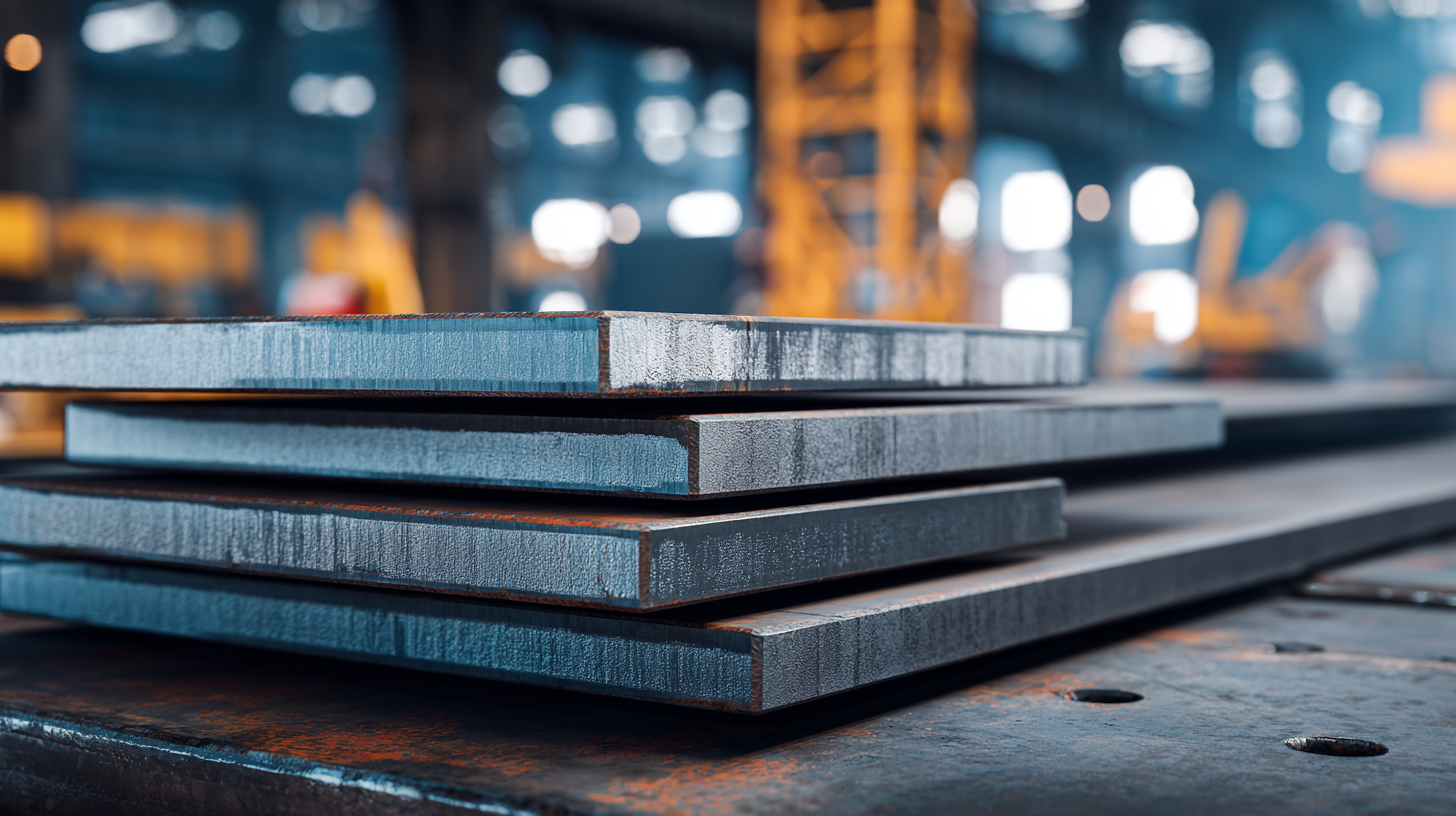
Steel plates are fundamental components in modern construction, with their versatility rooted in various compositions and types. The basic composition of steel plates includes iron, carbon, and alloying elements, which can significantly enhance their properties and performance. Commonly, mild steel plates are made from low carbon steel, offering good weldability and malleability. Conversely, high-carbon steel plates provide improved hardness and wear resistance, making them ideal for demanding environments.
In addition to basic mild and high carbon steels, there are specialized steel plates such as stainless steel and weathering steel. Stainless steel plates are valued for their corrosion resistance, making them suitable for structures exposed to moisture or harsh conditions. Weathering steel, which forms a stable rust layer, is commonly used in outdoor constructions due to its ability to withstand atmospheric corrosion while maintaining structural integrity. Understanding these different types of steel plates and their applications helps engineers and builders select the right material for various construction purposes, ensuring durability and cost-effectiveness.
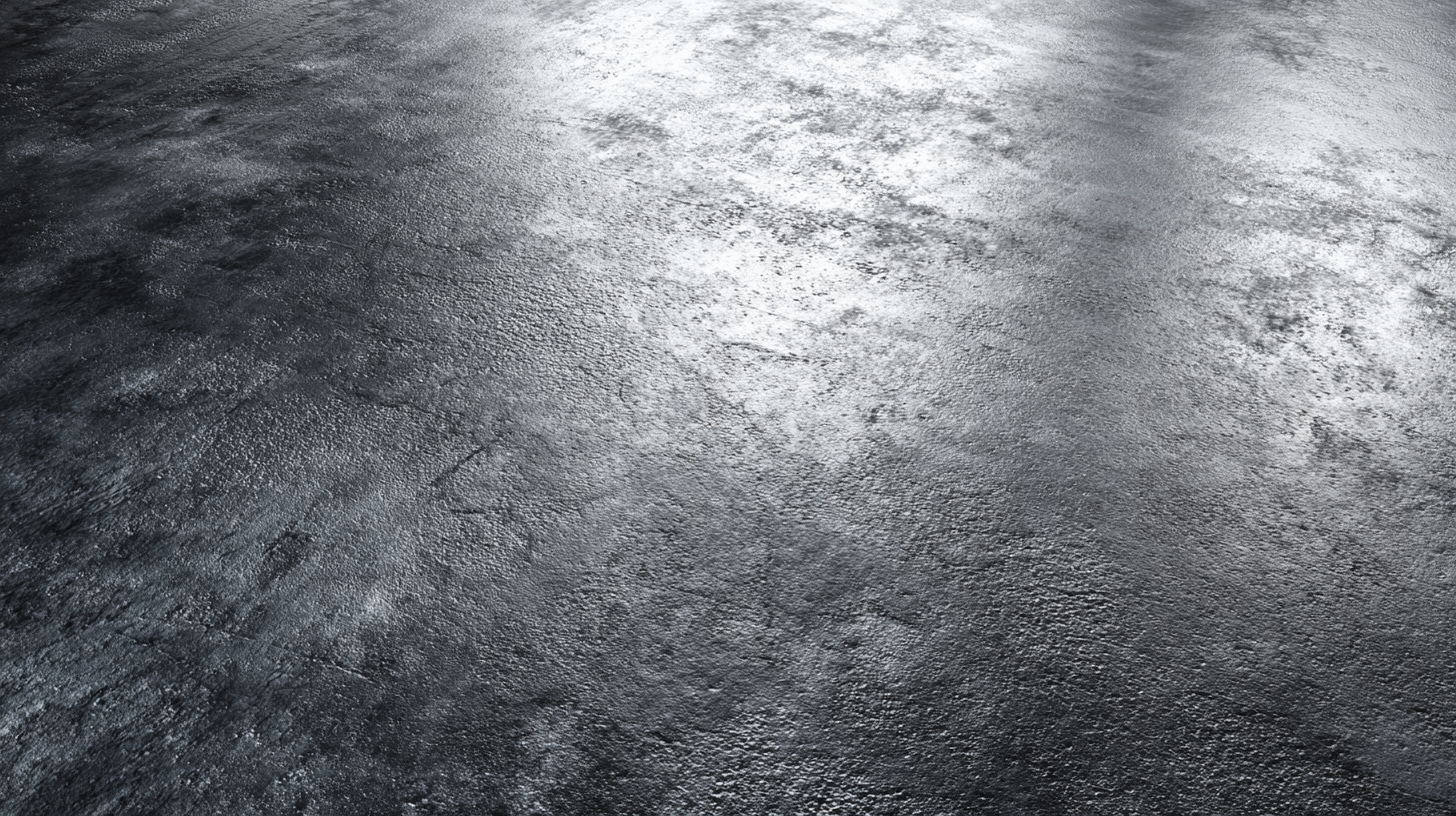
The modern construction industry is increasingly leveraging
steel plate due to its unparalleled strength and adaptability, which contribute significantly to contemporary building designs. According to the
American Institute of Steel Construction, steel is recycled more than any other material, with around 85% of structural steel sourced from recycled content. This attribute not only enhances sustainability efforts in construction but also supports the growing demand for green building practices.
In addition to its eco-friendly benefits, steel plate provides exceptional structural integrity, allowing for longer spans and reduced material usage compared to traditional options like concrete. The
Steel Construction Institute reports that utilizing steel in buildings can lead to reductions in material quantities by 20-30% without compromising structural performance. This efficiency is essential for urban development, where maximizing space while maintaining safety standards is crucial. Furthermore, the versatility of steel plates enables architects and engineers to design innovative structures, merging aesthetic appeal with functional strength to meet the needs of modern living.
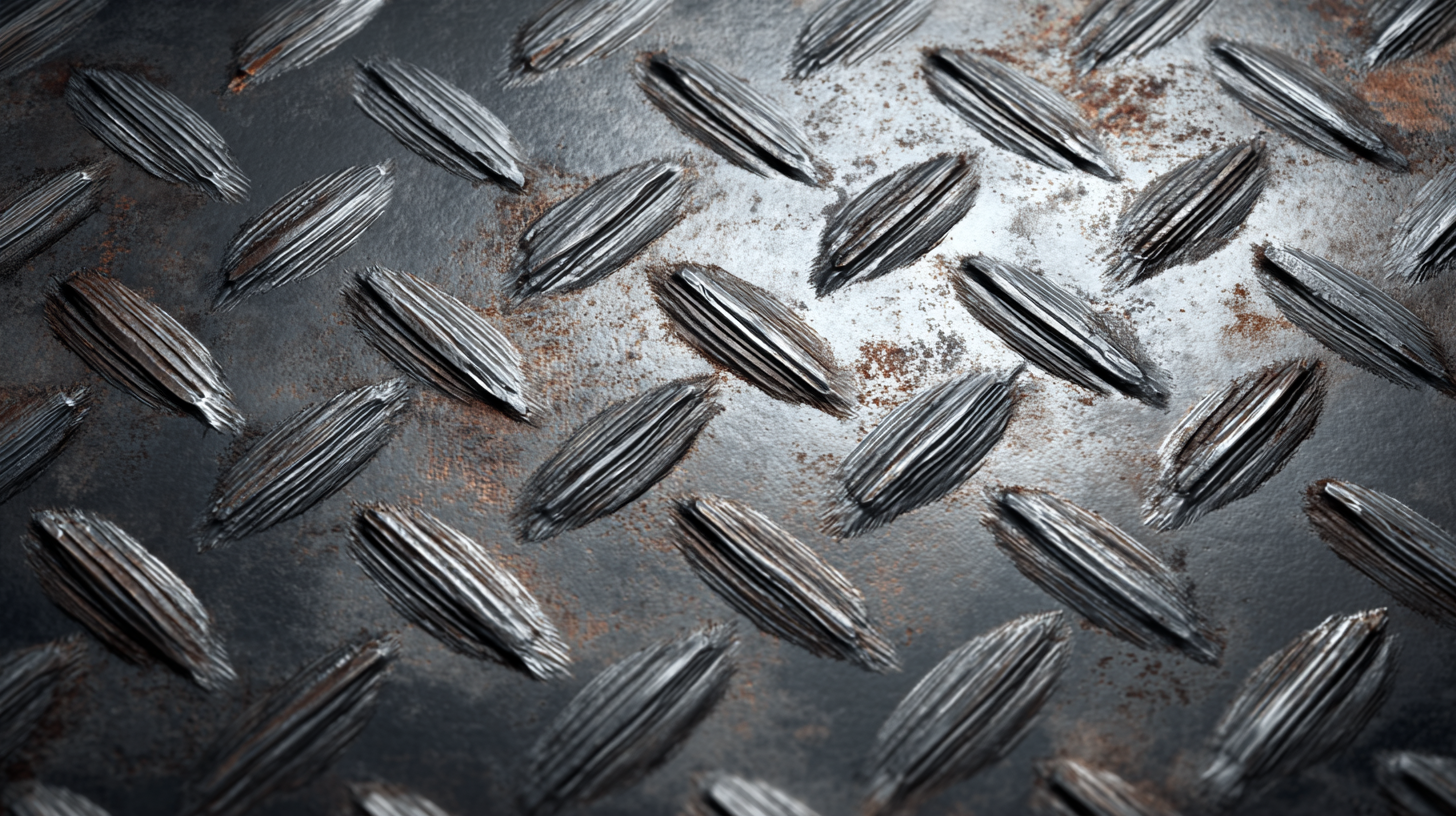
The use of steel plate in structural engineering has transformed the modern construction industry, allowing for innovative applications that enhance both the strength and flexibility of structures. Steel plates are increasingly being employed in the construction of high-rise buildings, bridges, and seismic-resilient designs. Their ability to withstand heavy loads and resist environmental impacts makes them ideal for creating robust frameworks. Additionally, the versatility of steel plates enables architects and engineers to design intricate shapes and lightweight structures without compromising structural integrity.
One notable innovative application is in modular construction, where prefabricated steel plates are utilized to assemble components off-site and then transported for final assembly. This approach not only speeds up the building process but also reduces waste and environmental impact. Furthermore, steel plates are being utilized for reinforcement in concrete structures, providing additional tensile strength and ensuring durability. The combination of steel plates with advanced coatings and treatments has also led to improved corrosion resistance, making them suitable for a wider range of environmental conditions and increasing their lifespan in various construction applications.
In the modern construction industry, the use of steel plates has become increasingly important due to their strength and versatility. When it comes to fabricating and installing steel plate components, adhering to best practices is crucial for ensuring safety and structural integrity. Techniques such as geometric tolerance analysis and the optimization of manufacturing process parameters play a fundamental role in maximizing the effectiveness of steel components. Employing advanced technologies, like reinforcement learning, can significantly enhance decision-making processes in manufacturing, making it possible to adapt to varying component geometries with precision.
**Tips:** Consider investing in training programs that focus on the latest manufacturing technologies and techniques. Keeping the workforce updated on skills related to geometric tolerance and assemblability is essential for improving overall quality. Additionally, exploring innovative approaches such as wire and arc additive manufacturing can help address challenges related to quality control, leading to improved project outcomes.
Moreover, mastering the nuances of press-fit assembly can streamline production processes and enhance the reliability of installations. Ensuring that your team is knowledgeable about batch sizes, setup, and thickness variations can also reduce setup times and costs, ultimately benefiting your construction projects. Prioritizing these practices not only contributes to the strength and durability of steel structures but also enhances the operational efficiency of construction projects.
| Dimension (mm) | Thickness (mm) | Material Grade | Yield Strength (MPa) | Applications |
|---|---|---|---|---|
| 1000 x 2000 | 10 | S235 | 235 | Structural Beams |
| 1500 x 3000 | 15 | S355 | 355 | Heavy Equipment |
| 2000 x 4000 | 20 | S690 | 690 | Bridges |
| 1000 x 1000 | 5 | A36 | 250 | Sheet Metal |
| 1200 x 2400 | 12 | AR400 | 400 | Wear Plates |
In recent years, the construction industry has increasingly embraced the principles of sustainability, with steel plate emerging as a pivotal material in this transition. Steel's inherent durability and strength allow for the creation of structures that not only stand the test of time but also minimize environmental impact. Its longevity translates to reduced resource consumption over a building's lifecycle, which is a crucial factor in lowering carbon footprints. Additionally, steel is entirely recyclable, making it an ideal choice for sustainable construction practices. Old steel structures and waste materials can be repurposed, further mitigating the need for new raw materials and thus conserving natural resources.
Environmental considerations in construction also extend to the production process of steel plate, which has seen significant advancements aimed at reducing emissions and energy consumption. Today’s steel manufacturing employs innovative technologies like electric arc furnaces, which recycle scrap steel, resulting in lower greenhouse gas emissions compared to traditional methods. This shift not only supports sustainability goals but also aligns with regulatory frameworks that prioritize eco-friendly building practices. As architects and builders increasingly prioritize these sustainable attributes, steel plate continues to gain traction as a versatile and environmentally responsible option in modern construction.

